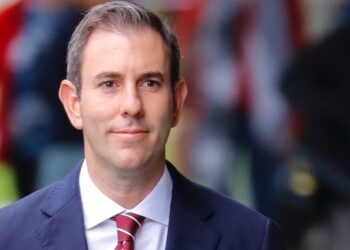No risk category saw losses in the first month of the year, according to research house Chant West, with the median growth fund (61–80 per cent in growth assets) up 1 per cent in January.
Meanwhile, the high growth (81–95 per cent growth assets) and all growth (96–100 per cent growth assets) options returned 1.3 per cent and 1.7 per cent, respectively, as at 31 January 2024.
On the other end of the spectrum, the conservative (21–40 per cent growth assets) delivered a more modest return of 0.4 per cent.
The balanced (41–60 per cent growth assets) option was up 0.7 per cent.
These returns followed a strong median performance of 9.9 per cent from super funds in 2023, explained Mano Mohankumar, senior investment research manager at Chant West while attributing the “solid” January return to developed international sharemarkets, along with positive economic data of a likely ‘soft landing’ in the US and a healthy corporate earnings reporting season.
However, he observed that the optimism was “dampened” towards the end of the month after the Federal Reserve dashed hopes of a March rate cut and inflation figures in the US came in higher than expected.
“Nevertheless, over the full month, developed market international shares advanced 1.8 per cent in hedged terms, but the depreciation of the Australian dollar against most major currencies drove the return in unhedged terms to an impressive 4.5 per cent,” said Mohankumar.
“Super funds, on average, have about 70 per cent of their international shares exposure unhedged.”
Australian shares delivered a return of 1.1 per cent while emerging markets felt the brunt of China’s economic struggles and were down 1.6 per cent.
Similarly, bond markets had mixed results, Mohankumar said. Australian bonds rose 0.2 per cent and international bonds fell 0.3 per cent for the month.
He observed: “The end of January marks exactly four years since the pre-COVID-19 high reached in 2020. Despite the challenging backdrop of market volatility over that period, the median growth fund is up nearly 23 per cent, so members who have remained patient and resisted the temptation to switch to a more conservative option have been well-rewarded.”
More importantly, super funds are continuing to meet their long-term return and risk objectives, Mohankumar added.




